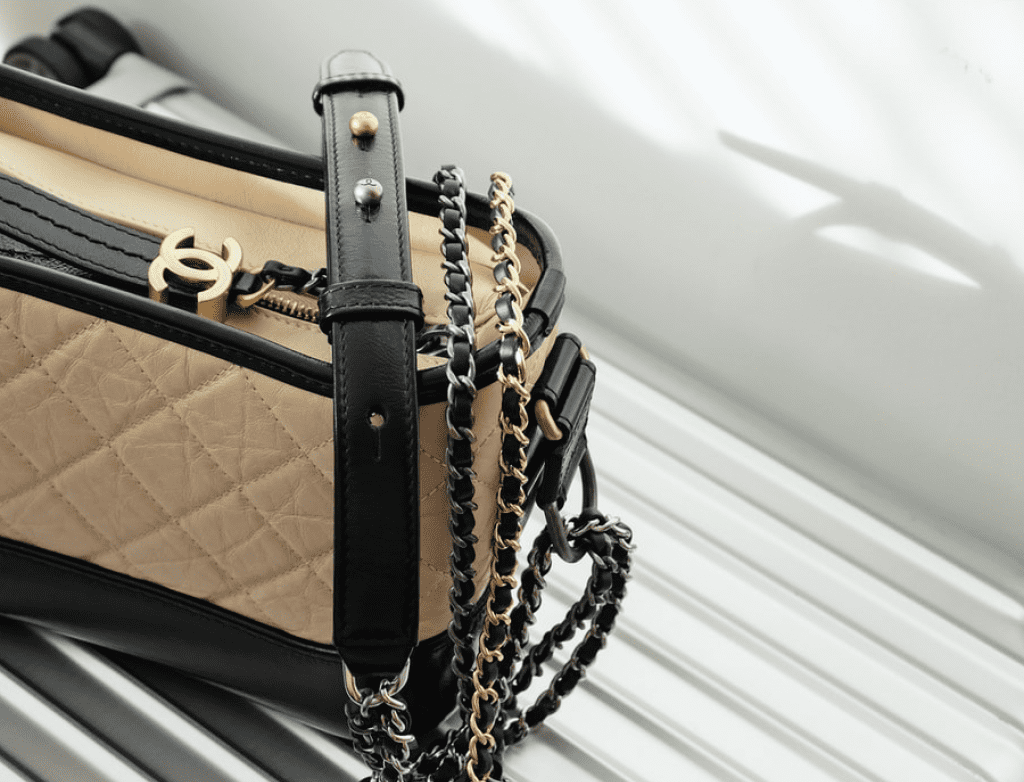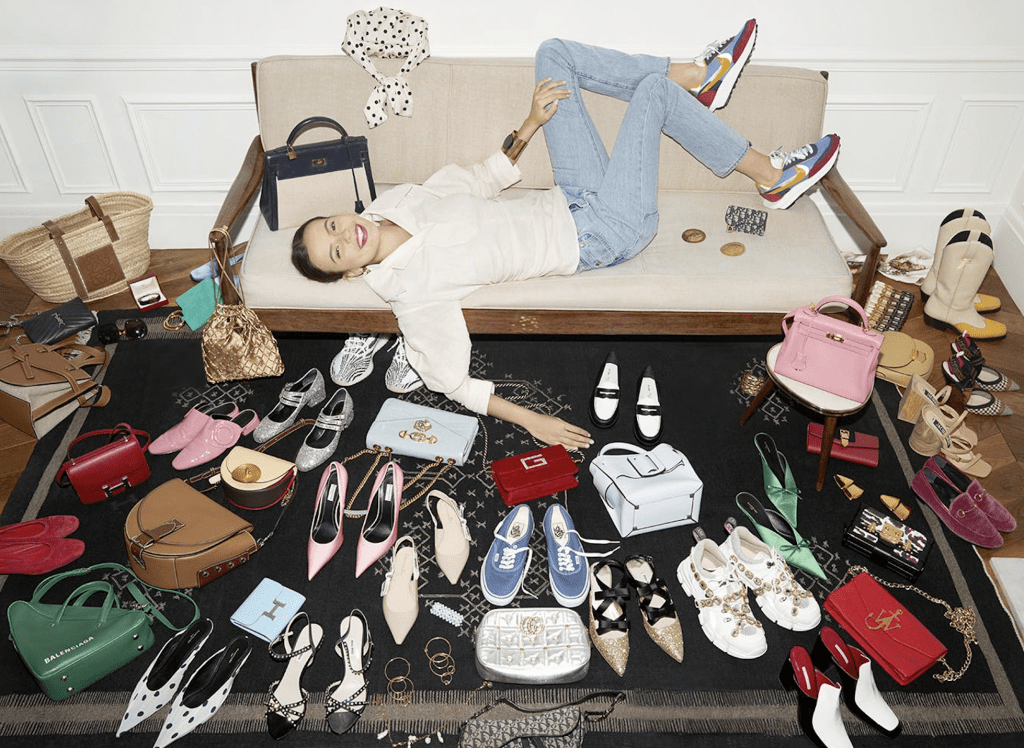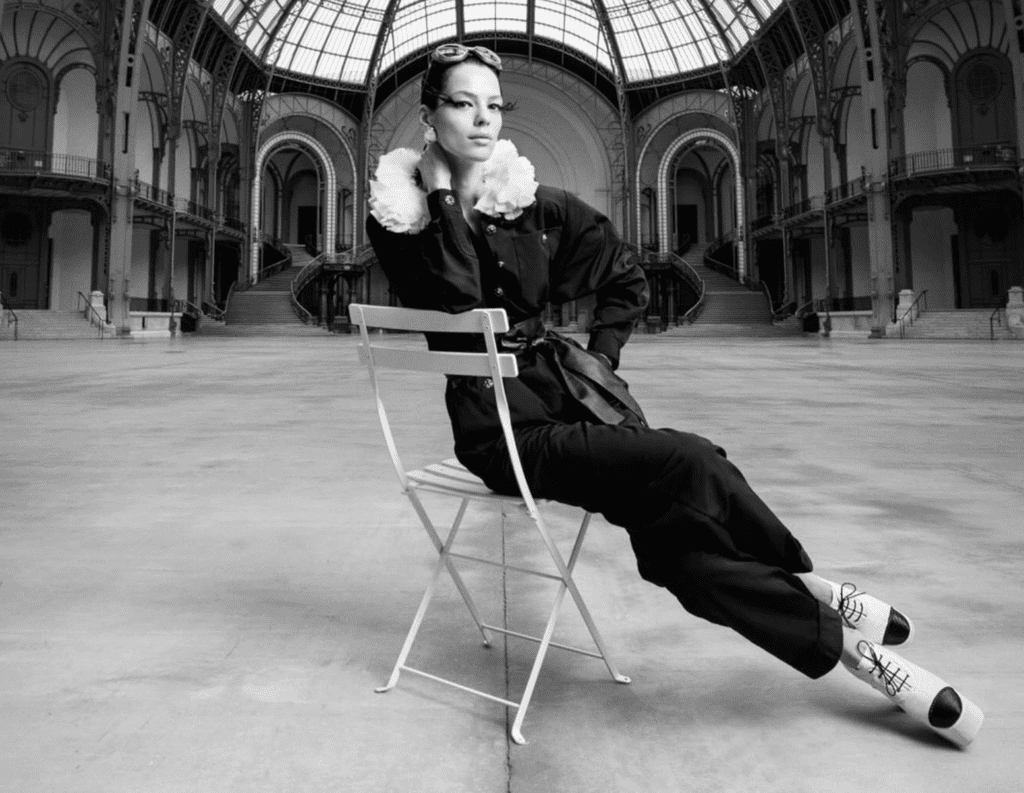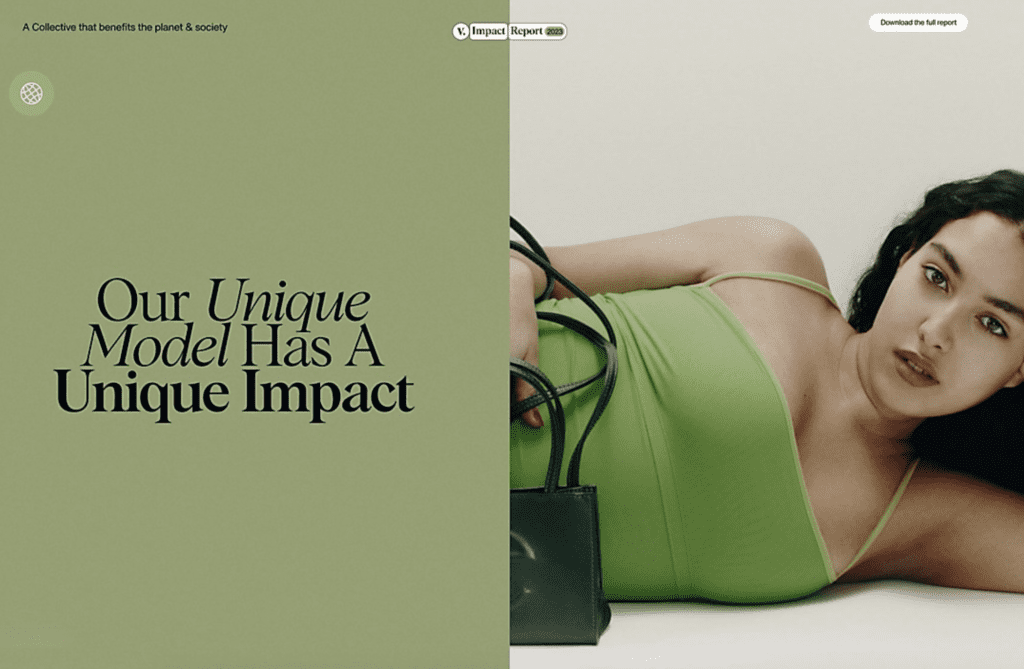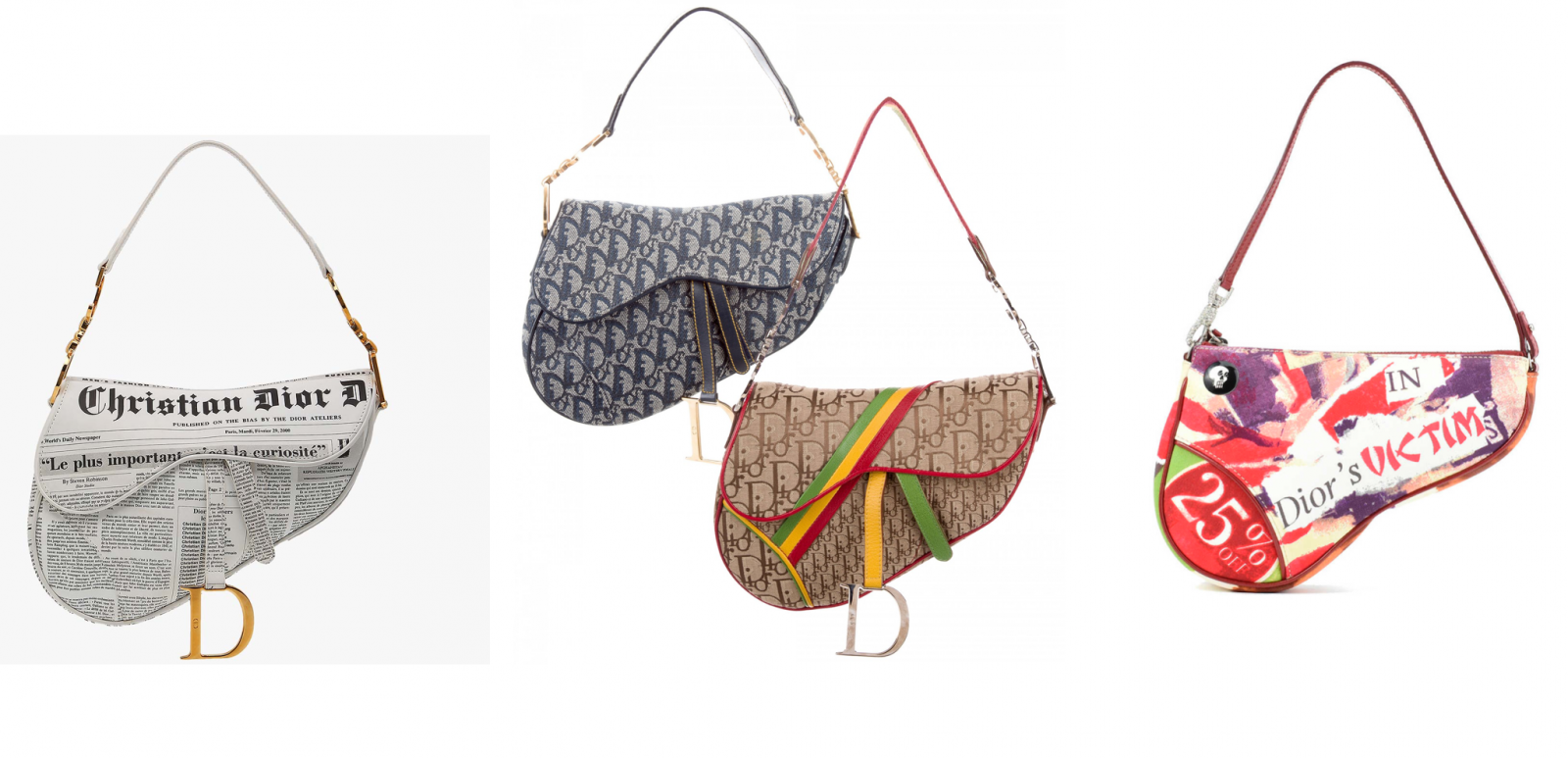
images: InSeller, Daily Front Row
Few things have proven to garner attention on millennial-centric Instagram as of late than some timely takes on nostalgia. So, amongst the of-the-moment fashion imagery that likely fills your feed, chances are (based on the swiftly growing audiences of a handful of new(ish) Instagram accounts), you may also be seeing quite a bit of archival imagery – from the likes of retro Versace and old school Prada to Hedi Slimane’s work for YSL and iconic Calvin Klein ads. Also in the mix: Throwback Cindy and Naomi, Linda and Tyra – maybe even a Cher Horowitz reference or two.
“Instagram has some stellar archive- and throwback-focused handles in the mix right now,” As Vogue’s Liana Satenstein pointed out this fall. Many of these accounts, she notes, are “focused on the ’90s and the ’00s,” spotlighting “rare images of collections and models pulled from the depths of the web, vintage independent magazines, or from the brink-of-extinction fashion forums.”
While these images are being unearthed from what might otherwise be dusty corners of the web in 2018, they are becoming the new norm, and this is not all that revolutionary given the inherently referential and cyclical nature of fashion as a practice. It is not news that fashion consistently looks both to its own past (i.e., a brand’s own archives and/or the earlier work of others), as well as to the present, to inform its present-day output.
What is particularly interesting about the recent obsession with archival photos, however, is that it is not limited exclusively to our social media feeds; it is being put into practice in light of the coincident resurgence of the many 1990’s-era designs on the runway. Together, Instagram and the runway have created a budding ecosystem of all things throwback.
Take a look back at your Instagram feed – the one that is probably filled with distinctly archival imagery – and you will likely also find evidence of a tangible modern fashion movement, one that is developing as we speak with brands banking on the power fashion of years gone by. It is coming in the form of Juicy Couture tracksuits, Christian Dior saddle bags, Cher Horowitz yellow plaids, and retro logos, such as those of Fila, which recently collaborated with Italian design house Fendi.
Brands have learned that much like the viral capability of a meme (and a severed head, if you’re Gucci), 90’s references pack an Instagram punch, which is why nostalgia – and its consistent ability to evoke strong emotions and memories for consumers – is becoming one of the primary currencies of choice on social media.
This is something to which Daniel Gaines, the 25-year old styling assistant behind @dzgaines, can attest. “I started my account,” says New York-based Gaines, “because I was always doing research for work or just personally for fun and I started posting them because I loved the images.” As for why he thinks the account – with its regular mashup of runway looks from Gucci’s Tom Ford heyday and imagery of the original supermodels to early 2000’s film clips (Coyote Ugly, anyone?) – has resonated with his followers, Gaines says, “I think that fashion and our relationship to it is based so much on nostalgia.”
“Of course, innovation and the future are topics that are always talked about in fashion,” Gaines notes, “but I think that whatever was popular when you were just too young to participate becomes what shapes your ideas of ‘cool.’ So, I think that speaks very much to people my age in relation to what I post.”
The people that are his age make up two of the most coveted groups of consumers of the moment: Gen-Zers and millennials, the precise groups that run amok on Instagram and that fashion brands are aiming to entertain, and hopefully transform from fans to loyal customers. (That is a huge part of the Dolce & Gabbana’s current strategy, for instance, with its overarching push to court markedly younger consumers – thanks to Instagram-focused ad campaigns and buzzy social media stars as runway models).
Jason Steward, the force behind Instagram account @thatbagisfake, echoed this notion. The 20-year old Decatur, Illinois-based liberal arts student says that he thinks his content – whether it be “an archive runway look or a music video from the same era” – “clicks” for people due, precisely, to the nostalgia factor.
“My account may make someone want to go buy that archive Fendi bag from eBay instead of the new Prada that will be over in a season, you know? It’s more personal,” Steward says. And he is not wrong. The nostalgia-induced connection between an Instagram user and a throwback garment or accessory is more than merely an Instagram obsession; it is – by many accounts – actually fueling purchases in 2018.
There is evidence of this. As Gill Linton, the founder of Byronesque, the app that enables in-the-know fashion fans to source difficult-to-come-by vintage garments and accessories, told TFL, there is a very real correlation between the recent embrace of throwback fashion and consumer interest, and purchasing patterns. “As much as we hate the herd mentality of trends,” says Linton, “they do generate interest and demand for the original design and designer.”
The push amongst some of the web’s most well-known re-sale sites to stock throw-back pieces, and the rate with which these items are selling, is also indicative of a larger moment. Rati Sahi Levesque, chief merchant of The Real Real, told WWD late last year, “Nineties Dior slipdresses are flying out. Manolo Blahnik mules are gone. It feels like it’s a little more about the iconic pieces from a designer.”
As WWD’s Sharon Edelson noted, the conclusion amongst “luxury resale e-commerce sites, vintage shops and fashion experts,” alike, is that fashion is in the midst of a significant “revival of the Seventies, Eighties and Nineties, three in-demand decades.” And just in time for this push for what’s old-becomes-new (again), Prada is pushing its nylon backpack and Dior’s famed saddlebag, in all its flashy gold D-shaped stirrup glory and its Paris Hilton and Sex and the City fame, is back, whether you are pulling it out of the back of your closet or buying it new when Dior’s Fall/Winter 2018 collection hits e-commerce.








